Quote:
Original posted by hkwongkit at 4/02/2009 22:05
03 Feb 2009
Mai Po Nature Reserve
Poor souls!
What I want to know is when will these transmitters drop off by themselves? Hope these duck ...


Original posted by hkwongkit at 4/02/2009 22:05
03 Feb 2009
Mai Po Nature Reserve
Poor souls!
What I want to know is when will these transmitters drop off by themselves? Hope these duck ...

原帖由 puppymic 於 4/02/2009 22:40 發表
我同你既諗法一樣,覺得D鴨好慘,無端端要揹住咁大條天線,佢地真係好可憐
[ Last edited by puppymic at 4/02/2009 22:43 ]





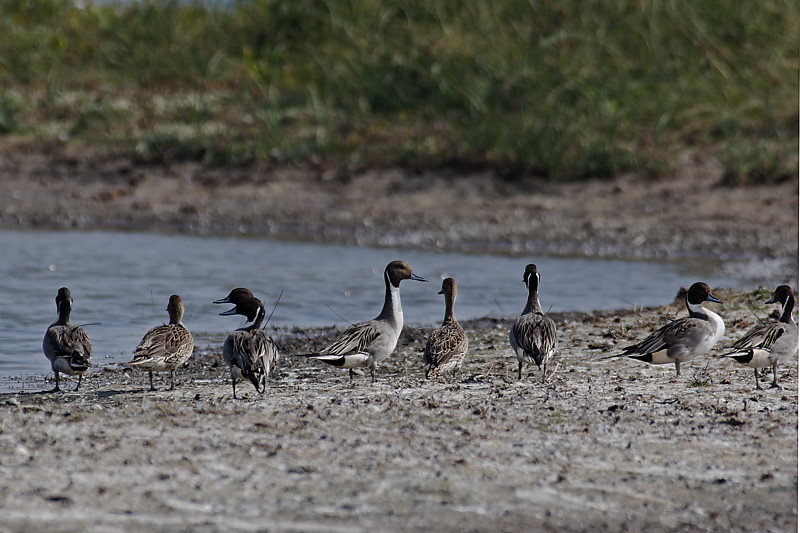

Original posted by sbena at 10/12/2009 10:54
The Western Ecological Research Center web pages for these ducks is already up and running click here



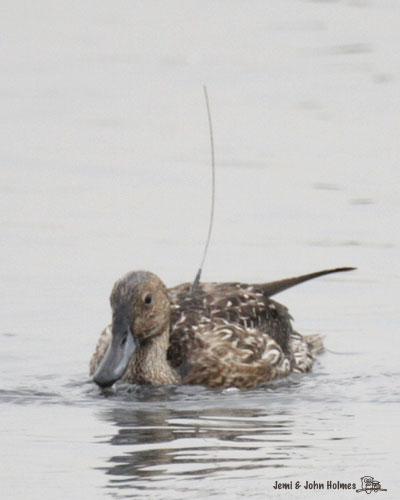
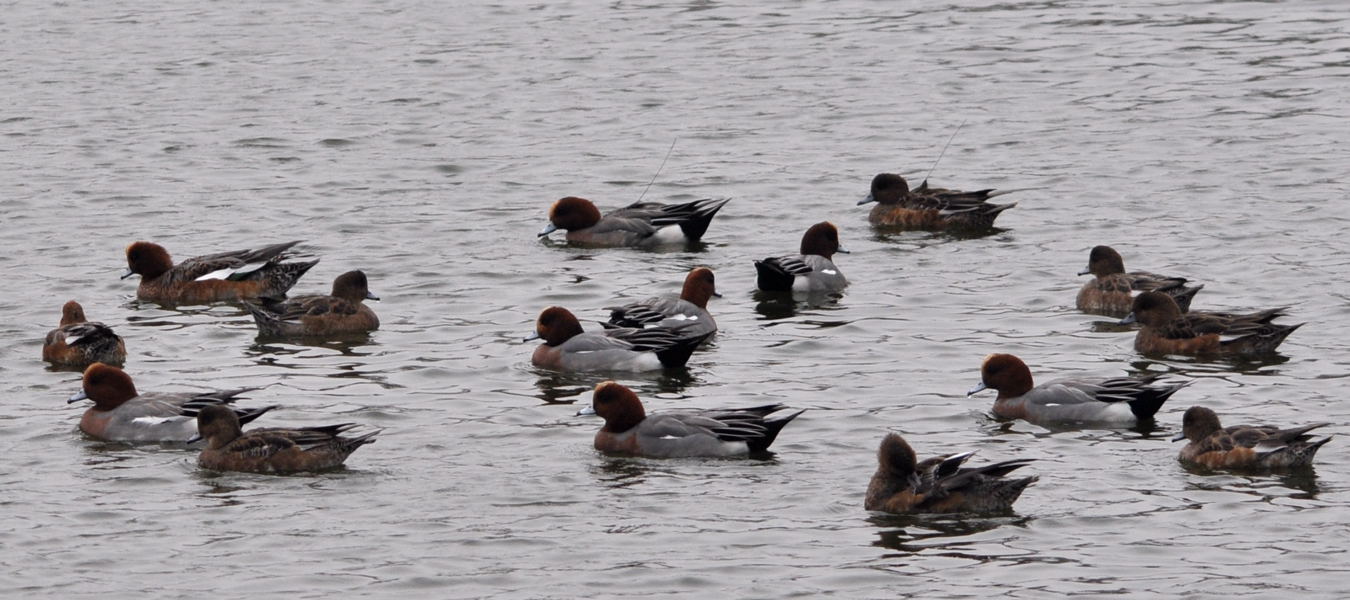
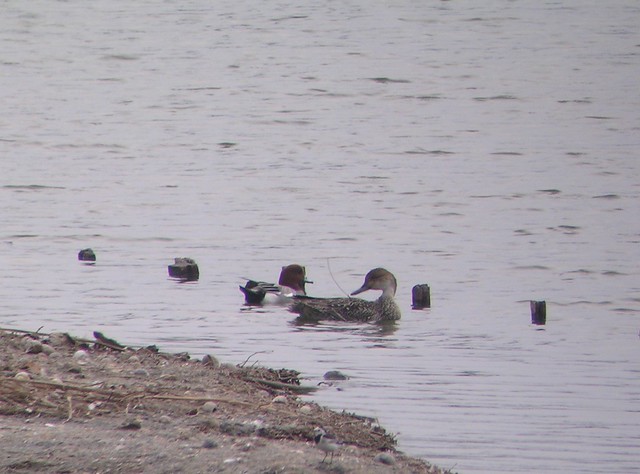
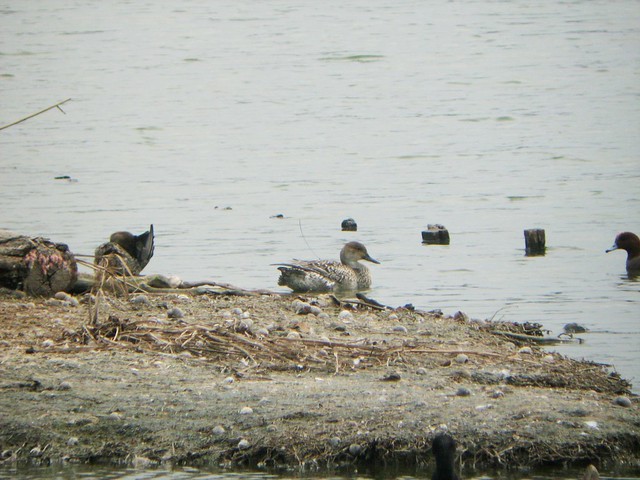


| Welcome to HKBWS Forum 香港觀鳥會討論區 (http://hkbws.org.hk/BBS/) | Powered by Discuz! 6.0.0 |